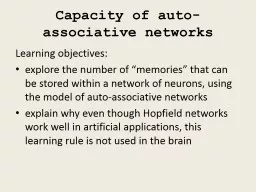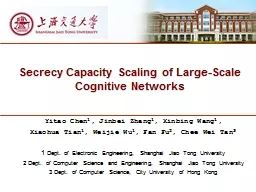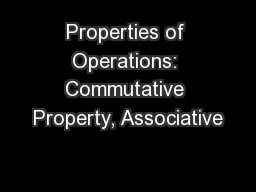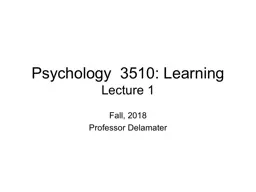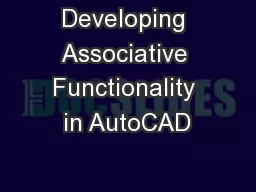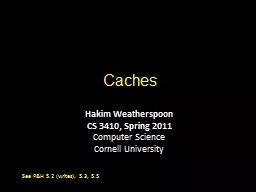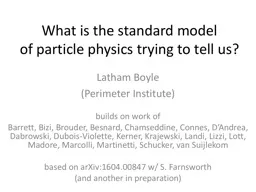PPT-Capacity of auto-associative networks
Author : crandone | Published Date : 2020-06-16
Learning objectives explore the number of memories that can be stored within a network of neurons using the model of autoassociative networks explain why even though
Presentation Embed Code
Download Presentation
Download Presentation The PPT/PDF document "Capacity of auto-associative networks" is the property of its rightful owner. Permission is granted to download and print the materials on this website for personal, non-commercial use only, and to display it on your personal computer provided you do not modify the materials and that you retain all copyright notices contained in the materials. By downloading content from our website, you accept the terms of this agreement.
Capacity of auto-associative networks: Transcript
Download Rules Of Document
"Capacity of auto-associative networks"The content belongs to its owner. You may download and print it for personal use, without modification, and keep all copyright notices. By downloading, you agree to these terms.
Related Documents

